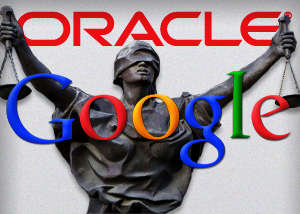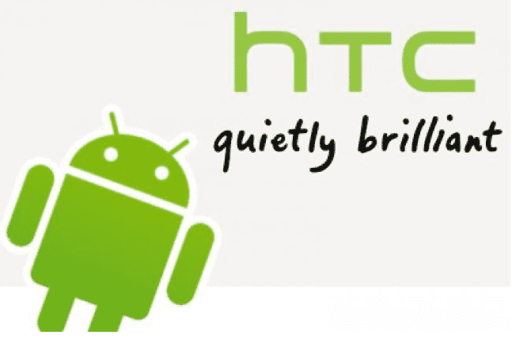So, here come something close to verdict about Oracle Vs. Google case. Judge Alsup ruled “APIs Not Protected By Copyright”. Though Judge trying to to avoid appeal but still he called for a case management conference on June 21st for further proceedings.
Judge Alsup ruled against Oracle on May 31st, 2012 on a 41 page opinion. You could find whole file here in PDF, thanks to Groklaw.net. In the opinion Judge sounds very technical for a Judge, here are some important portion of the opinion.
So long as the specific code used to implement a method is different, anyone is free under the Copyright Act to write his or her own code to carry out exactly the same function or specification of any methods used in the Java API. It does not matter that the declaration or method header lines are identical. Under the rules of Java, they must be identical to declare a method specifying the same functionality — even when the implementation is different. When there is only one way to express an idea or function, then everyone is free to do so and no one can monopolize that expression. And, while the Android method and class names could have been different from the names of their counterparts in Java and still have worked, copyright protection never extends to names or short phrases as a matter of law.
It is true that the very same functionality could have been offered in Android without duplicating the exact command structure used in Java. This could have been done by re-arranging the various methods under different groupings among the various classes and packages (even if the same names had been used). In this sense, there were many ways to group the methods yet still duplicate the same range of functionality.
But the names are more than just names — they are symbols in a command structure wherein the commands take the form
java.package.Class.method()
Each command calls into action a pre-assigned function. The overall name tree, of course, has creative elements but it is also a precise command structure — a utilitarian and functional set of symbols, each to carry out a pre-assigned function. This command structure is a system or method of operation under Section 102(b) of the Copyright Act and, therefore, cannot be copyrighted. Duplication of the command structure is necessary for interoperability.
So now wait for June 21st final proceeding, but its now clear that Google won, and its a big message for Patent trolling party. And for normal user Android is safe now.
Read More at Groklaw.net
[ttjad keyword=”android-phone”]



